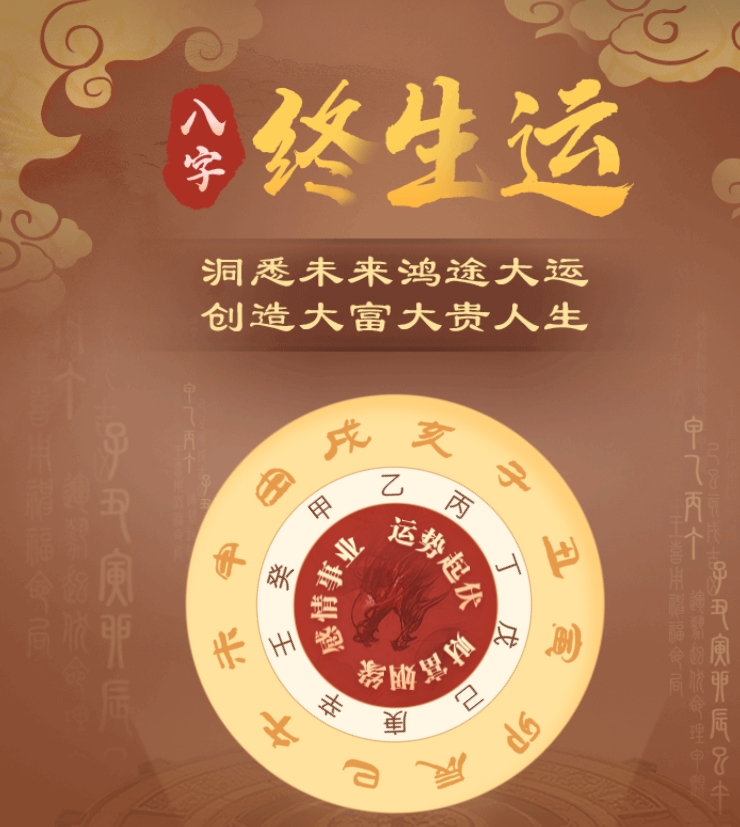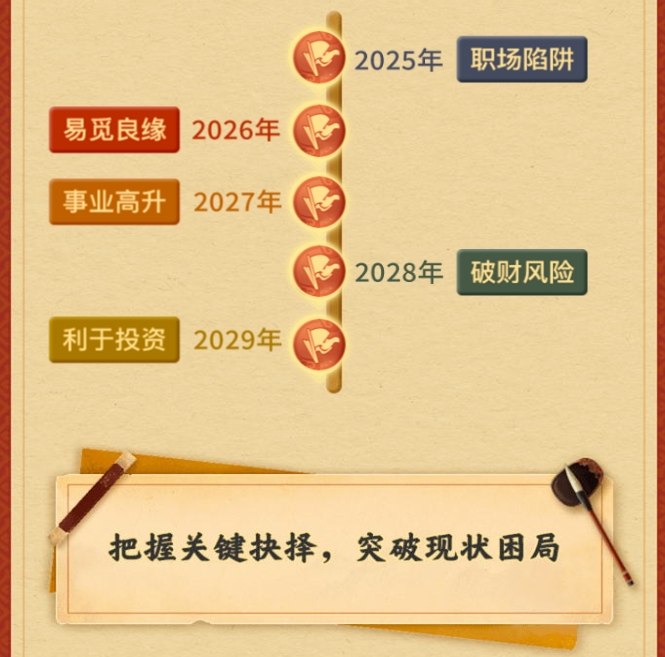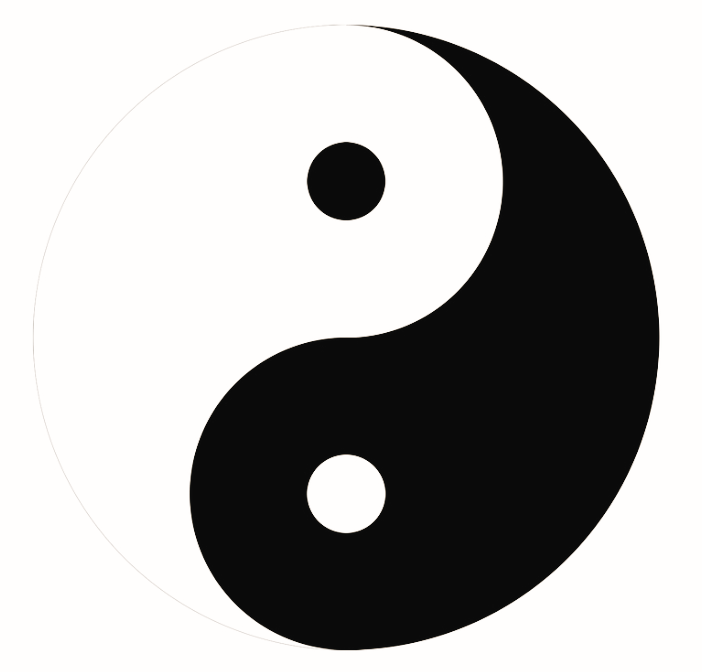2025 Lunar vs Solar Calendar Guide, English Handbook for Marriage Compatibility Analysis
The distinction between solar (Gregorian) and lunar (traditional Chinese) calendars remains one of the most fascinating aspects of cultural timekeeping systems. Solar calendars track Earth's revolution around the sun (365.24 days), while lunar calendars follow moon phases (29.53 days per cycle). This fundamental astronomical difference creates varying approaches to date calculation, festival scheduling, and even personality assessment in Eastern traditions. Modern international business predominantly uses solar calendars, yet lunar calendars maintain cultural significance for nearly 2 billion people worldwide, particularly in marriage planning and agricultural activities.
Traditional Chinese calendar combines lunar and solar elements through intercalary months, creating a lunisolar system that reconciles both systems. Every 19 years, seven extra months are added to synchronize with seasons, explaining why Chinese New Year floats between January 21 and February 20. This complex adjustment mechanism demonstrates ancient astronomers' precision, achieving mere minutes of deviation from astronomical reality. Such temporal calculations become crucial when analyzing birth charts for marriage compatibility, where hour-level accuracy determines astrological house positions.
Marriage compatibility analysis (合婚测算) traditionally combines both calendars through Bazi (八字) or Four Pillars of Destiny methodology. Practitioners convert birth dates into heavenly stems and earthly branches a 60-term cycle combining 10 celestial stems and 12 zodiac branches. This creates 8 characters (year, month, day, hour pillars) forming metaphysical DNA. Solar dates determine seasonal energy (solar terms), while lunar dates provide symbolic animal signs. Modern software automates these complex conversions, but cultural interpreters remain essential for nuanced readings beyond algorithmic outputs.
Western astrology compatibility focuses on sun sign elements (fire, earth, air, water), while Chinese metaphysics examines five-phase (五行) interactions between couples' pillar components. Metal generates water controls wood feeds fire creates earth returns to metal forms the foundational cycle. Compatibility analysts check for destructive sequences like water extinguishing fire or metal chopping wood in couples' charts. Harmonious combinations show complementary elemental relationships, with conflict patterns suggesting areas requiring conscious relationship work. These principles apply regardless of calendar conversion methods.
Practical steps for conducting cross-calendar marriage analysis begin with accurate birth data collection. Solar calendar birth certificates often require conversion to lunar equivalents, especially for pre-2000 births in rural China. Time zone adjustments become critical 11pm-1am belongs to next day's earthly branch in Bazi system. Professional analysts use Xia Calendar (夏历) conversion tools, accounting for solar terms like Start of Spring (立春) as year dividers rather than lunar New Year. This creates occasional discrepancies between popular zodiac signs and metaphysical calculations.

Cultural variations in lunar calendar interpretation add complexity to compatibility analysis. Korean Ganji and Vietnamese Can Chi systems share Chinese roots but differ in animal assignments (Vietnamese cat replaces rabbit). Japanese Kanshi adopted the system until 1873, creating historical document translation challenges. These regional differences matter when analyzing cross-cultural relationships, requiring consultants to verify which calendar version was originally used for birth recordings. Modern East Asian couples frequently request blended analysis incorporating both Western and Eastern systems.
The solar versus lunar debate extends to festival celebrations with marriage timing implications. Qixi Festival (lunar July 7) remains popular for weddings despite being China's Valentine's Day, while solar February 14 sees equal popularity. Astrologically, lunar seventh month (Ghost Month) is considered inauspicious for marriages, demonstrating how calendar systems influence social practices. Contemporary couples increasingly consult both calendars when selecting dates, seeking harmony between practical scheduling and traditional auspiciousness. This dual-calendar mindset reflects globalization's impact on time perception.
Technological solutions for calendar conversion and compatibility analysis have evolved dramatically. Mobile apps like Chinese Calendar Pro or Bazi Calculator handle complex lunisolar conversions instantly, while AI-powered platforms generate detailed compatibility reports. However, ethical practitioners emphasize these tools merely assist human interpretation rather than replace cultural context and intuitive wisdom. The most valuable analyses combine algorithmic precision with personalized consultation addressing specific relationship dynamics beyond generic chart readings.
Educational resources for English speakers seeking lunar calendar marriage analysis remain limited despite growing interest. Academic works like Chinese Astrology and Calendar Systems by Ho Peng Yoke provide historical context, while practical guides such as The Handbook of Chinese Horoscopes by Theodora Lau offer accessible introductions. Serious students should study classical texts like Ziping's Method (子平法) in translation, though cultural nuances often get lost. Bilingual analysts serve as crucial bridges, explaining how lunar calendar principles apply to modern international relationships beyond superficial zodiac matching.
Scientific perspectives on calendar-based compatibility remain skeptical yet acknowledge cultural psychology's role. While no empirical evidence supports astrological predictions, the placebo effect of positive compatibility readings may enhance relationship satisfaction through confirmation bias. Cognitive scientists note pattern-seeking behavior makes individuals perceive accuracy in vague metaphysical readings (Barnum effect). However, anthropologists argue these systems function as cultural frameworks for discussing relationship dynamics rather than deterministic fate, serving similar purposes to Western premarital counseling questionnaires.

Globalization creates fascinating hybrid practices in calendar-based marriage traditions. Chinese-American couples might consult feng shui masters for lunar date selection while legally marrying on solar dates for documentation. International wedding planners report increasing demand for "dual-date" ceremonies satisfying both practical and cultural requirements. Some innovative services offer "astrological prenups" outlining metaphysical compatibility insights alongside legal agreements, reflecting how ancient calendar wisdom adapts to contemporary relationship formats. This cultural fusion suggests lunar calendar relevance will persist despite solar calendar dominance in official systems.
Legal considerations arise when lunar calendar dates conflict with official documents. Immigration processes typically require solar date consistency, creating challenges for individuals with only lunar birth records. Notarized calendar conversion documents sometimes become necessary for international marriages involving lunar calendar cultures. Smart couples maintain both date systems in personal records, ensuring smooth bureaucratic processing while preserving cultural heritage. This practical adaptation demonstrates how modern relationships navigate between temporal systems without sacrificing tradition's value.
Psychological benefits emerge from structured compatibility analysis regardless of calendar systems. The process encourages couples discussing fundamental values, communication styles, and life goals conversations that might otherwise get postponed. Framing these discussions through cultural metaphors (elemental balance, zodiac traits) often makes challenging topics more approachable. Therapists note clients frequently find lunar calendar analysis provides shared symbolic language for addressing relationship issues, especially in cross-cultural partnerships where direct confrontation might violate communication norms.
Commercialization risks distorting traditional calendar compatibility practices. Some online services reduce complex Bazi analysis to simplistic zodiac matching algorithms, ignoring crucial factors like day masters and hidden stems. Ethical practitioners emphasize proper training requirements often years of mentorship under masters rather than weekend certification programs. Consumers should verify analysts' cultural credentials and methodology transparency, particularly when services make exaggerated compatibility claims or charge exorbitant fees for generic reports. Authentic lunar calendar marriage analysis remains a specialized skill requiring deep cultural literacy.

Future developments may see blockchain technology preserving lunar calendar heritage while enabling modern applications. Several projects already timestamp events on both calendars through smart contracts, creating immutable records for future genealogical research. Augmented reality interfaces could visualize compatibility analysis results interactively, helping global audiences understand complex lunisolar calculations. Such innovations promise to maintain cultural traditions' relevance without sacrificing technological progress, ensuring calendar wisdom evolves alongside contemporary relationship paradigms.
Personal experience consulting both calendar systems revealed unexpected insights beyond conventional compatibility metrics. My solar calendar rationality initially dismissed lunar analysis as superstition, until recognizing its value as cultural code for articulating relationship dynamics. The five-phase theory particularly illuminated recurring conflicts through elemental metaphors more eloquent than psychological jargon. This intercultural perspective enriched my understanding of how temporal systems shape not just schedules, but fundamental worldviews affecting partnership harmony. Modern relationships might benefit from such pluralistic time consciousness.
Academic debates continue regarding lunar calendar's role in modern timekeeping, yet its marriage analysis applications demonstrate enduring cultural resilience. As astrophysicists perfect atomic clocks measuring time to attosecond precision, traditional systems maintain relevance by addressing human needs beyond chronological accuracy - meaning, belonging, and continuity. Perhaps the wisest approach integrates both calendars' strengths: solar precision for practical scheduling, lunar wisdom for relationship reflection. This balanced temporal perspective might help navigate not just marital harmony, but life's broader rhythms between tradition and progress.